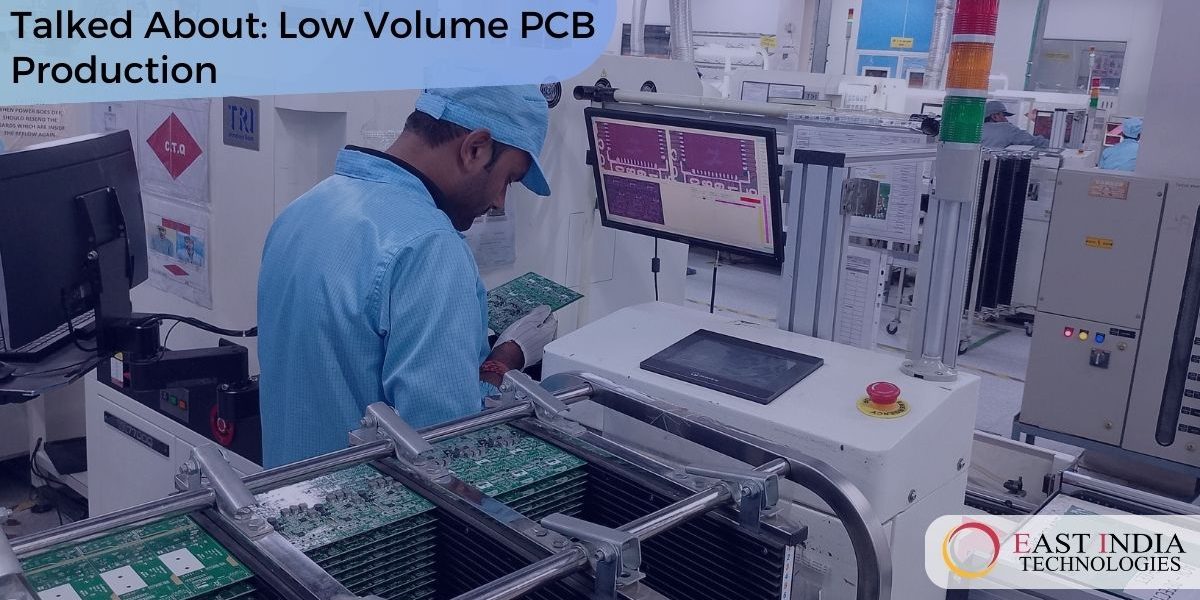Printed circuit board assembly (PCBA) is a complex process that includes component mounting and other necessary assembly steps in addition to the design, manufacturing, and testing of the boards. The growing market for small, powerful devices has driven the manufacture of intricate PCBAs with lots of components and complex designs. In this context, automation has taken center stage with the goal of lowering errors, increasing efficiency, and guaranteeing accuracy in assembly processes. Because of their adaptability, circuit boards can be produced in low or large quantities, based on the demands of a given application.
Talked About: Low Volume PCB Production
Producing electronic components in smaller batches—typically 250 boards per batch—is a common practice in low volume PCB assembly. The synchronization of design for manufacturing (DFM) and design for assembly (DFA), regardless of batch size, is critical to the quality of these boards. Low volume PCB assembly makes efficient testing, iteration, and customization possible, which makes it perfect for R&D, startup ventures, and niche markets. It is frequently chosen for prototyping, specialized devices, or products with unique specifications.
Six Steps to an Effective Low Volume PCB Assembly
These are a few key procedures that maximize the effectiveness of low volume PCB assembly.
Design for Manufacturability (DFM): Simplifying assembly procedures in the design stage increases productivity and reduces mistakes by taking equipment capabilities and component positioning into account.
Component Selection and Availability: To guarantee consistent part availability, choose easily obtainable, compatible components and build trustworthy relationships with suppliers.
Robust Test and Inspection Strategies: Use thorough testing methods to find and fix issues early on, such as automated optical inspection (AOI) and functional testing.
Design for Testing (DFT): Early application of Design for Testing facilitates the creation of potential test points across the board, assisting in the effective identification and resolution of defects.
Efficient Assembly Techniques: When possible, use surface mount technology (SMT) to achieve higher component densities and faster assembly times.
Quality Assurance Measures: Set up quality control checkpoints, conduct routine audits, and adhere to industry standards to guarantee constant quality throughout the assembly process.
These procedures maximize production processes’ effectiveness, economy, and efficiency. Twisted Traces is a dependable choice for low volume PCB assembly, despite the fact that many service providers provide this service. They have a great deal of experience in the field and specialize in low volume custom PCB assembly services, which guarantees quality and customization according to specific project needs.
If you are looking for PCB assembly, then feel free to write to us at info@eitpl.com. East India Technologies Pvt Ltd is one of the leading EMS & PCB assembly service providers in India.
Also Read: ENHANCING PCB ASSEMBLY: BEST PRACTICES AND COLLABORATION TIPS








